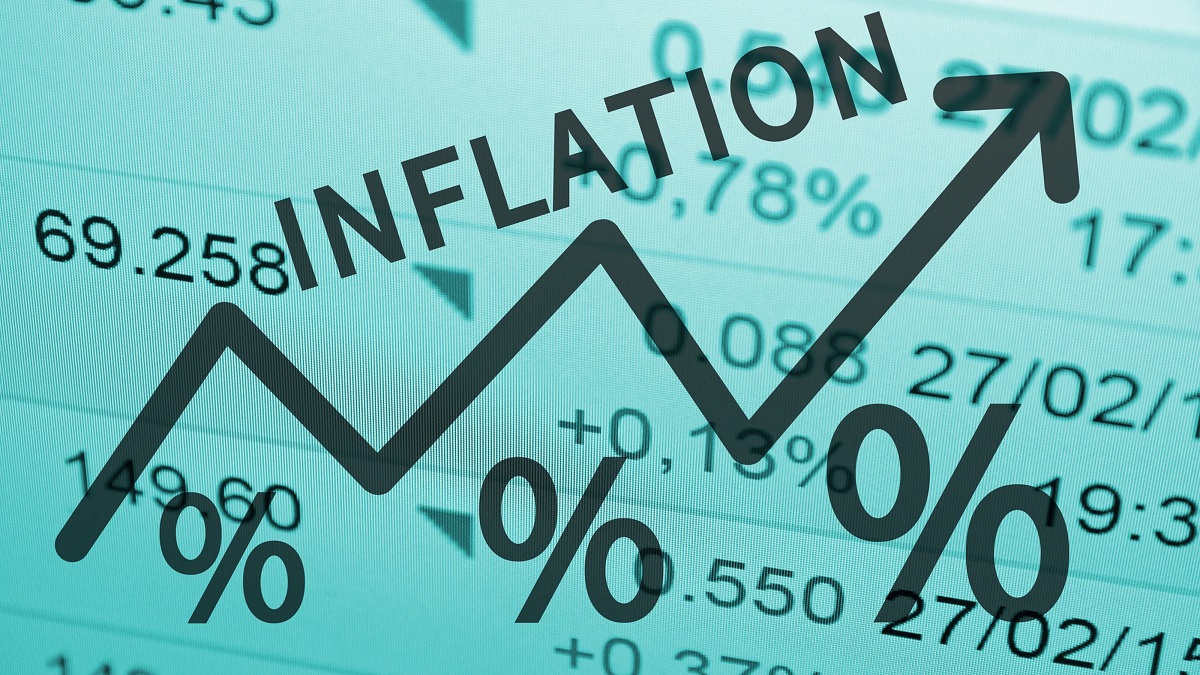Domestic pressures now dominate Bangladesh’s inflation, central bank finds
BY Insider Desk
November 08, 2025

Bangladesh’s inflation is now driven largely by domestic factors rather than global price shocks, according to a new analysis by the Bangladesh Bank covering the first quarter of fiscal year 2025–26.
The central bank’s report shows that supply bottlenecks, rising local costs, and market inefficiencies are increasingly shaping the inflation trend.
During the July–September quarter, domestically produced goods accounted for 75.6 percent of overall inflation, up from 73.9 percent in the final quarter of FY25. In contrast, the share of import-dependent items fell to 24.4 percent from 26.1 percent previously.
Overall inflation stood at an average of 8.4 percent on a point-to-point basis, down 2.3 percentage points from the same period a year earlier. Economists say the data indicate a shift, similar to inflation, from being externally driven during the 2023–24 period of foreign exchange volatility to one rooted in internal supply and cost conditions.
“The growing dominance of domestic factors underscores long-standing structural problems in production, transport, and market regulation,” said Dr Zahid Hussain, former lead economist at the World Bank’s Dhaka office.
“Global price pressures are easing, but domestic costs are still rising. Policy responses may need to focus more on supply-side inefficiencies rather than relying solely on monetary tightening.”
According to Bangladesh Bank’s data, cereals—mainly rice and wheat—were the single largest contributors to food inflation, accounting for more than 47 percent of the consumer price index (CPI) basket during the quarter. Their high weight in household consumption kept food inflation elevated despite relatively stable international grain prices and a firm exchange rate.
Prices of vegetables and poultry, particularly green chilli, onion, and Sonali chicken, rose sharply amid seasonal shortfalls and logistical disruptions in local markets. By contrast, contributions from edible oil and spices declined slightly, offering limited relief to consumers.
Market data show that by September 2025, 260 of the 382 CPI items registered month-on-month price increases, while 31 declined and 91 remained unchanged. The broad-based nature of these increases, the report noted, indicates persistent cost pressure across product categories rather than isolated price shocks.
Economists warn that unless supply-side issues—such as inadequate storage capacity, transportation inefficiencies, and market manipulation—are addressed, inflation may remain stubbornly high, eroding purchasing power and undermining consumer confidence throughout the remainder of FY26.
Tags:
Most Read
You May Also Like